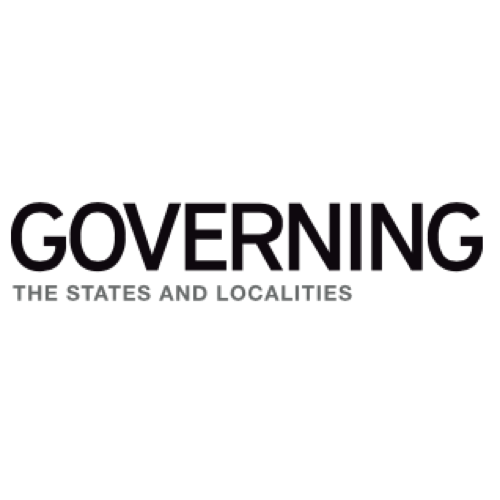
What Citizens Really Think
Civic-engagement platforms have their uses, but they’re no substitute for public opinion research.
By Adam Probolsky
Published December 10, 2018
Every city council, school board and local-government agency has them: gadflies who attend every public meeting. Sometimes they may be the only public speakers. They make full use of the public-comment period to berate staff, rail against the agency and promulgate their latest grand conspiracy theories. Every agenda item is evidence of corruption; every staff recommendation, flawed; every employee, incompetent.
For all the stress that these angry gadflies create for public administration, giving them the opportunity to speak demonstrates the strength of our democratic institutions. But they don’t represent the views of the general public, ratepayers or voters. You’d never judge your jurisdiction’s or agency’s effectiveness based on the words of a few speakers during public comment. But is your agency catering to the digital equivalent?
Local governments are increasingly turning to citizen-participation or “quick poll “platforms to enhance civic engagement. The pitch of these services is compelling, but beware: These off-the-shelf tools can work against effective decision-making and cause agencies to make big engagement mistakes.
When used properly and with their limitations understood, these services are useful tools that can help local governments track, respond to and interact with their constituents. But real citizen engagement can only come from hard work by staff and, in many cases, the help of outreach professionals and public opinion researchers who can craft unique plans for each community or agency. Communication preferences, culture and languages spoken are just a few customization examples where fixed platforms fall short.The biggest mistake local governments can make with engagement is failing to understand the role of research in the engagement process. Open lines of communication are always a great idea. But effective local governments understand the shortcomings of digital engagement tools and social media platforms, and they know why statistically valid research methods are necessary for understanding broader community sentiments and identifying how to best communicate with their constituencies.
Engagement and statistically valid research are two very different things. Polling is not engagement; it’s not meant to be. Public opinion research is independent and unbiased, and it uses statistically valid methodology. Polling yields responses from a population that accurately reflects the views of the full range of ratepayers, residents or voters. You need polling to determine likely outcomes and guide messaging strategy. Proper research is also inclusive of disadvantaged communities, non-native English speakers and those who struggle with technology.
On a practical level, well-designed surveys give you a starting point for your larger engagement plan. What’s the preferred platform for receiving information about your local government? How often do constituents want to engage with your agency? For service-based agencies or special districts, does a new technology improve the customer experience, or is it actually an inconvenience?
It doesn’t matter what engagement platform you buy. Relying on such a tool alone, a transportation agency or sanitation district will never achieve meaningful ongoing civic engagement. The public expects these government agencies to just work and, for the most part, reserves comment for times of crisis. Statistically valid public opinion research, however, can shed light on the attitudes of this silent majority and guide long-term strategic planning.
Most importantly, local governments and their service agencies should value the institutional knowledge of their veteran staff whose experience, in concert with well-executed research, can help differentiate between meaningful civic participation and a few loud voices.




